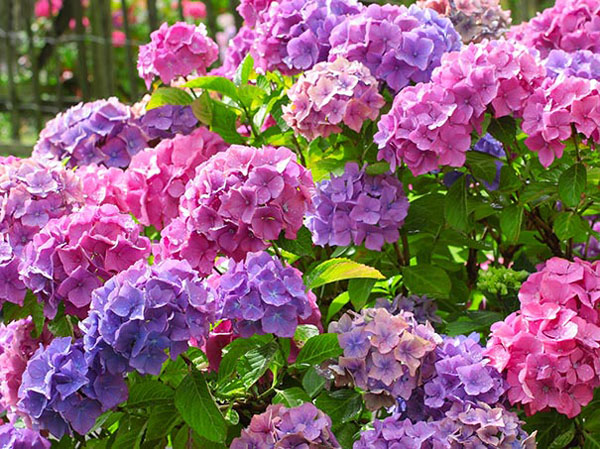Last chance to get your garden in shape before winter begins

 CONTRA COSTA COUNTY, CA (Nov. 20, 2023) — It’s November and the garden and landscape still needs tending to. This is our last chance of the year to get the landscape in shape before the winter begins. The weather is perfect for getting outside and getting busy.
CONTRA COSTA COUNTY, CA (Nov. 20, 2023) — It’s November and the garden and landscape still needs tending to. This is our last chance of the year to get the landscape in shape before the winter begins. The weather is perfect for getting outside and getting busy.
Azaleas, camellias and rhododendron need to be fertilized this month with a formula that focuses on the plant’s flowers. Use a product with less nitrogen (the first number in the fertilizer formula), then phosphorous (the second number in the formula) – for example, 0-10-10, or 3-20-20.
Granular products should be applied every 4-6 weeks. If you’re using a water-soluble product you will need to apply every 2-4 weeks for best results.
Hydrangeas will lose their leaves as the weather cools. This signals us to begin to treat our blue and pink hydrangeas to keep or richen their colors. Blue mophead hydrangeas will need doses of aluminum sulfate every six weeks now through March. Pink mophead hydrangeas should be treated with doses of agricultural lime every six weeks as well. Changing the pH of the soil produces different color results for our hydrangeas.
Citrus will also need some fertilizing this time of year. We need to feed now to help the fruit develop. Therefore, we fertilize just as we did the azaleas with a formula that focuses on the flower/fruit. Give your lemon, orange, or lime trees 0-10-10, 3-20-20 or something similar. Yellow citrus will need a dose of iron. If your citrus looks stressed, you may consider removing undeveloped fruit, to free up your tree’s energy, and fertilizing it with citrus food.
Composting
As the leaves fall from the trees and shrubs in your landscape, think about composing rather than discarding. Dried leaf material breaks down quickly, and the benefits to your garden are amazing. If your trees are in beds or along fence lines, leave the leaf material on the ground to break down where it lies. Tree leaf debris is nature’s fertilizer. The leaves will break down quickly as it rains.
Closer to the end of the month, apply dormant spray and copper fungicide on peach, nectarine, and plum trees. Many foliage diseases such as peach leaf curl and fire blight need to be controlled during the tree’s dormant period. You should apply monthly sprays now, around New Years and the final time when your tree’s blossoms have swelled, but not opened.
Have frost protectant on hand. Folks that grow tropical type plants, have young citrus, or vines should have frost protecting covers (not plastic) to help ensure your plant’s success. If the weather calls for frost, make sure you water landscape and container plants. Dry plants have more damage during frost than hydrated ones.
Plant snapdragons, flowering cabbage, pansies, cyclamen, and violas in containers and along beds and borders for colorful interest. If you plant six-pack annual selections, group two to three cells in each hole for more visual impact. Flowering cabbage and cyclamen are the exceptions to this suggestion.
Read more Garden Girl columns by Nicole Hackett.

Nicole Hackett
Nicole is the Garden Girl at R&M Pool, Patio, Gifts and Garden. You can contact her with questions or comments by email at gardengirl94517@yahoo.com
